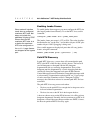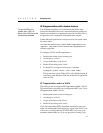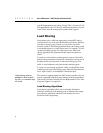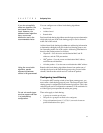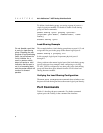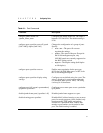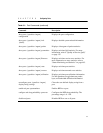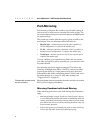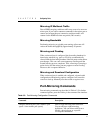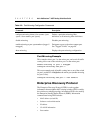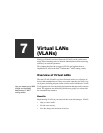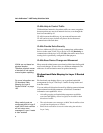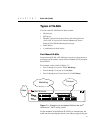
90
C H A P T E R 6 Intel
®
NetStructure™ 480T Routing Switch User Guide
Port-Mirroring
Port-mirroring configures the switch to copy all traffic coming in
and out of one or more ports to a monitor port on the switch. You
can connect the monitor port to a network analyzer or RMON probe
for packet analysis.
The switch uses a traffic filter that copies a group of traffic to the
monitor port. You can define the traffic filter based on:
• Physical port—All data that traverses the port, regardless of
VLAN configuration, is copied to the monitor port.
• VLAN—All data to and from a particular VLAN, regardless of
the physical port configuration, is copied to the monitor port.
• Virtual port—All data specific to a VLAN on a specific port is
copied to the monitor port.
You can configure up to eight mirroring filters and one monitor
port. Once you specify a port as a monitor port, you cannot use it for
any other function.
The mirroring port can be tagged or untagged. This allows the
mirroring of multiple ports and/or VLANs to a mirror port while
preserving the ability of a single protocol analyzer to track and
differentiate traffic within a broadcast domain (VLAN) and across
broadcast domains (e.g. across VLANS when routing). See
“Tagged VLANs” on page 99.
Frames that contain errors
are not mirrored.
Mirrored frames that are transmitted from the switch do not contain
802.1Q VLAN tagging information.
Mirroring Combined with Load Sharing
When mirroring ports also involve load-sharing, these limitations
apply:
• Mirroring multiple or single VLANs on a specific port is known
to cause behavioral problems when used in combination with load
sharing. If enabled, load sharing will only make use of the master
port and will not fail-over correctly. Deleting the mirror entry will
restore normal operation.
• If the master port of a load-shared port group is down, mirroring
will not provide traffic for the load-shared port group.



